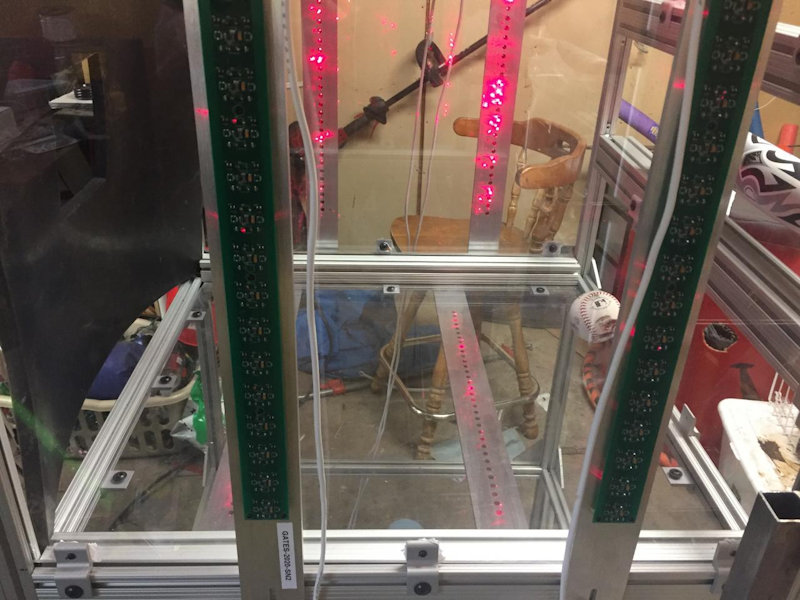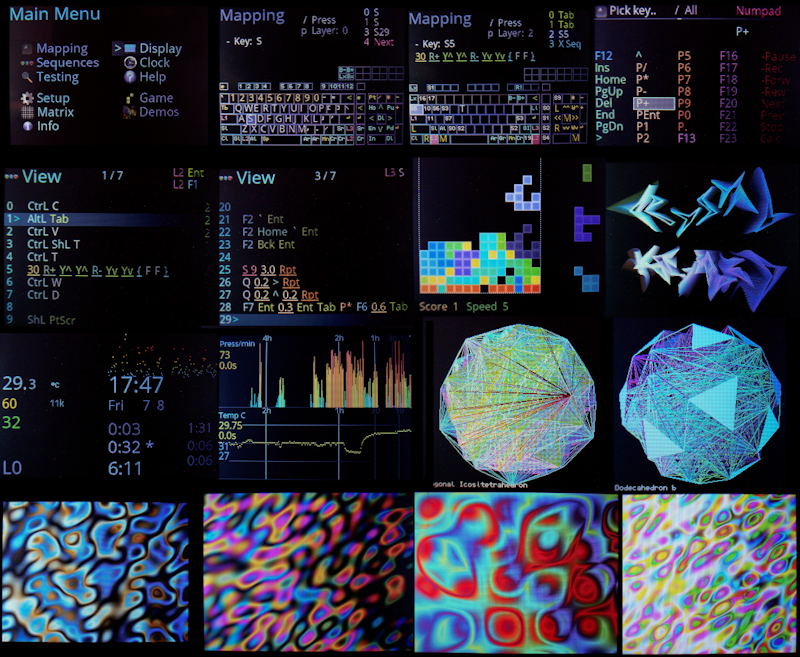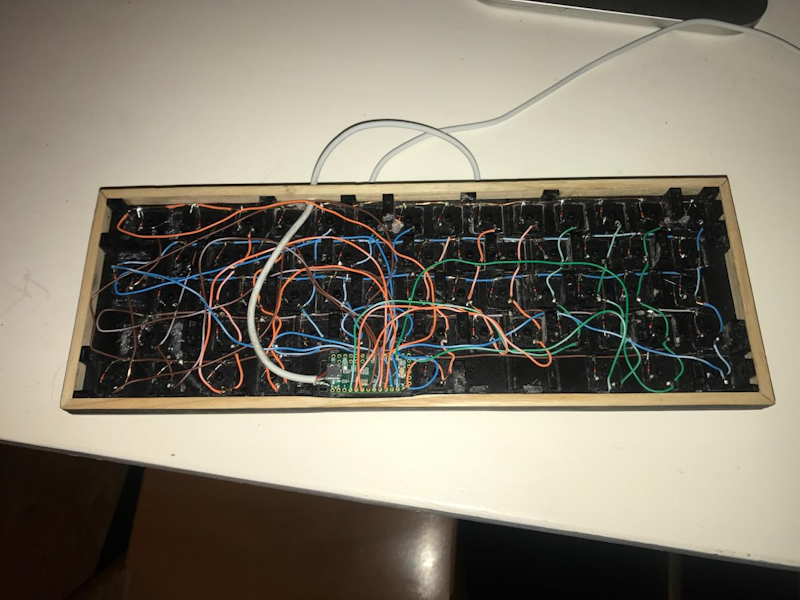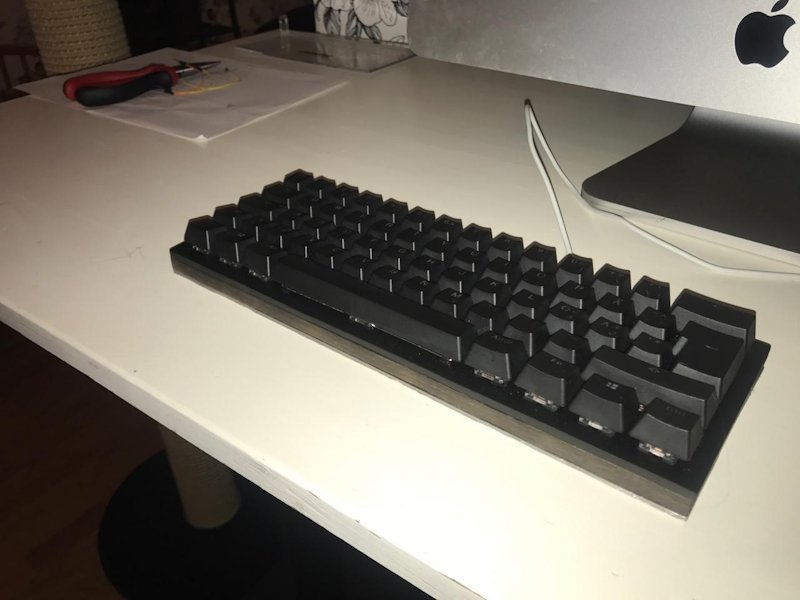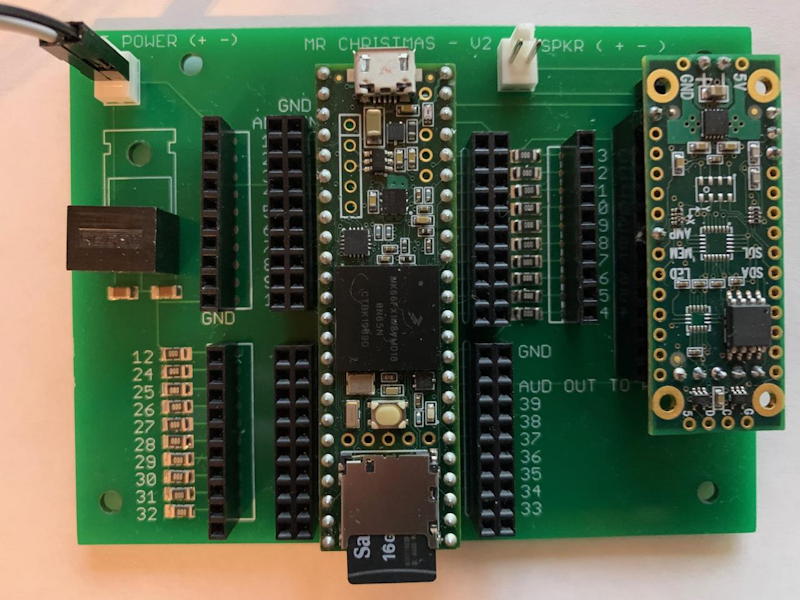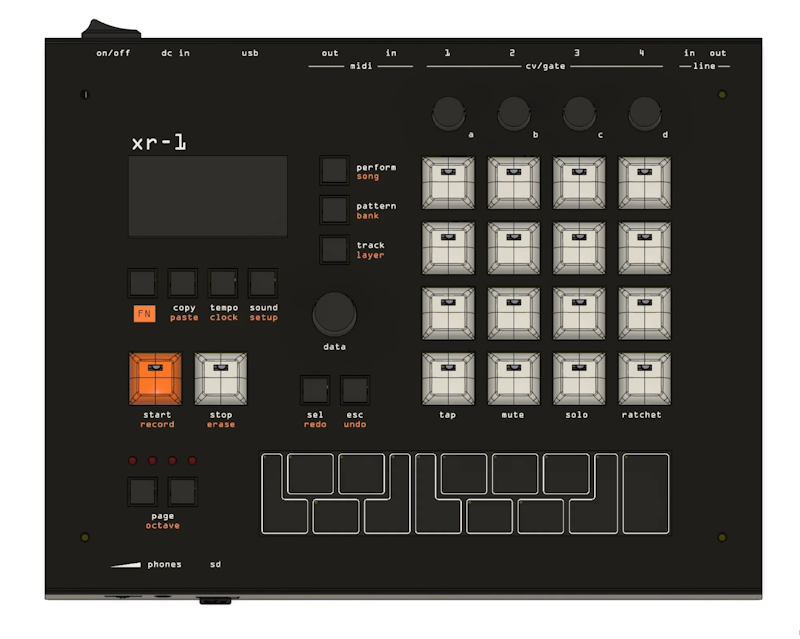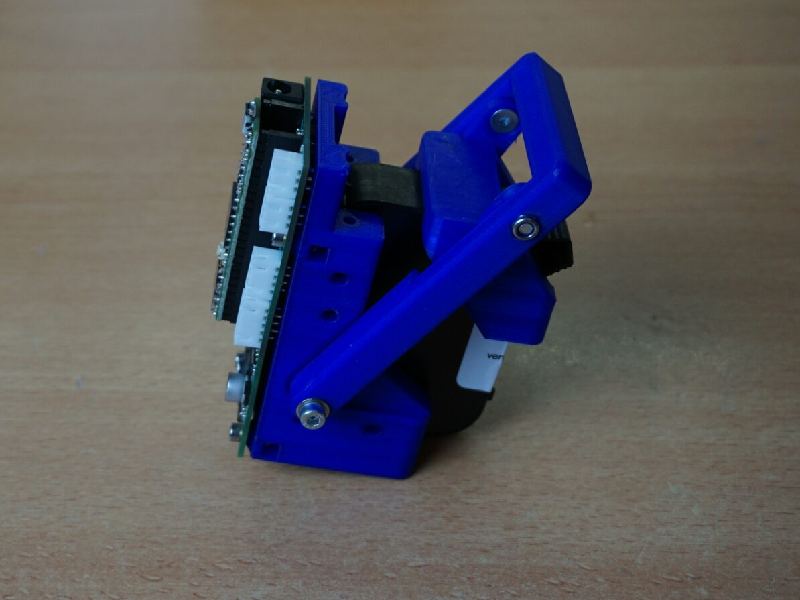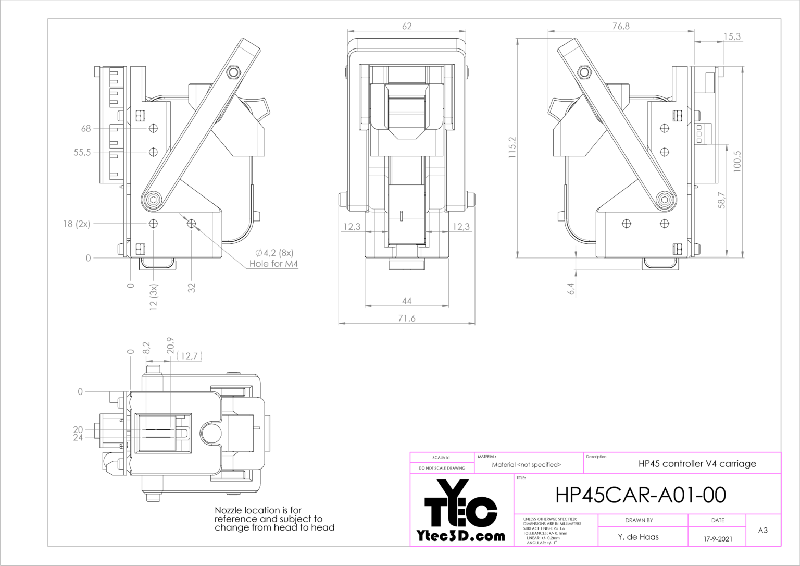The average Major League Baseball pitcher throws the ball at over 90mph, with the number of 100mph pitches increasing in recent years. But the average cannon…or…well, we’re not sure if it’s average, but this cannon in particular fires balls at up to 135mph…maybe?
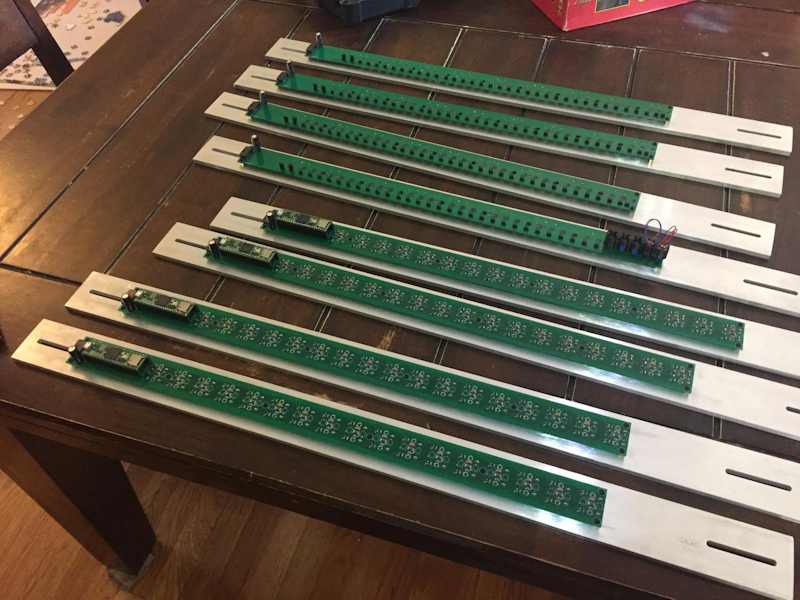
Whether or not it does, jpswensen has created an Teensy 4.1-based advanced measurement system that can calculate the velocity of baseballs being shot out of cannon at up to 135mph!
The system consists of four emitter boards and four sensor boards. Each emitter is comprised of 34 laser diodes, with a corresponding 34 PIN photodiodes and transimpedance amplifier circuits on each sensor board being read by a Teensy 4.1. The Teensy-powered sensor boards are in turn connected via I2C to a Raspberry Pi 4, which performs the necessary calculations to determine the incoming and rebound velocity. Watch the whole system in action in this super-slow motion video.
